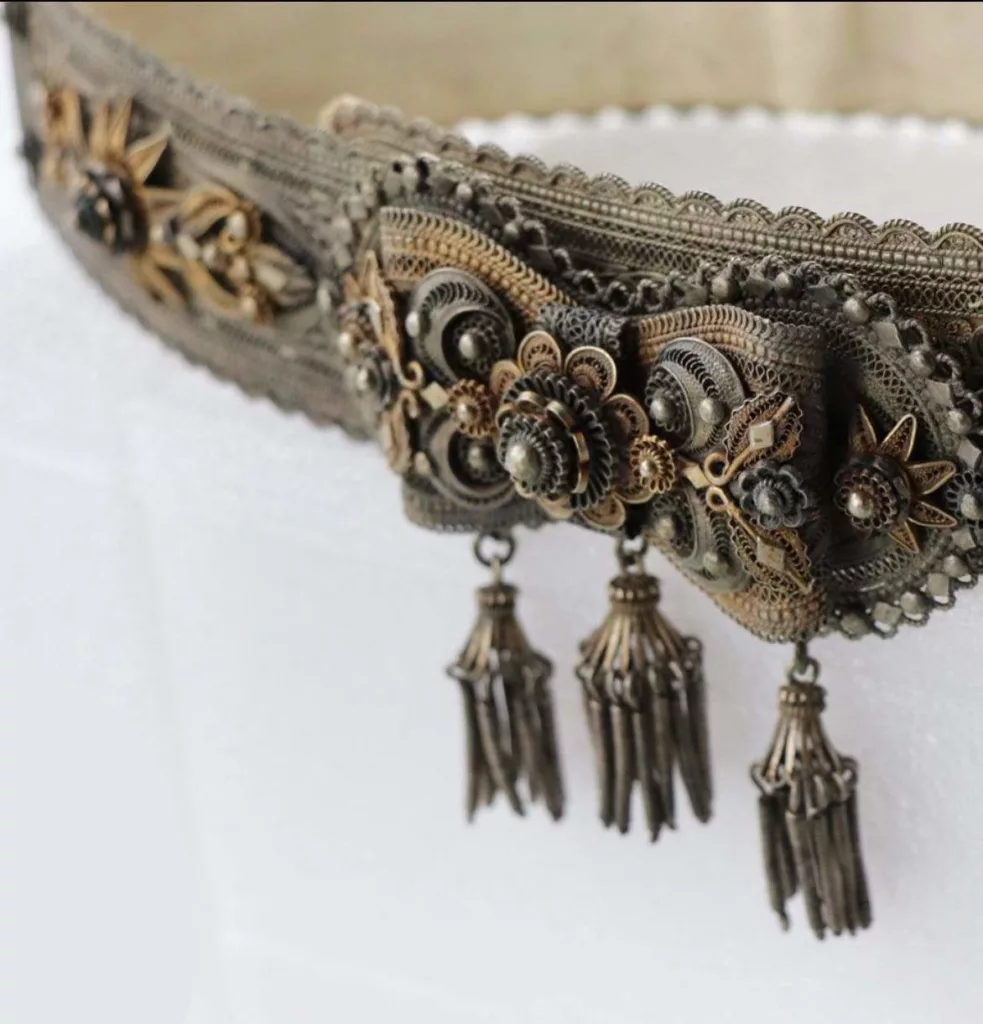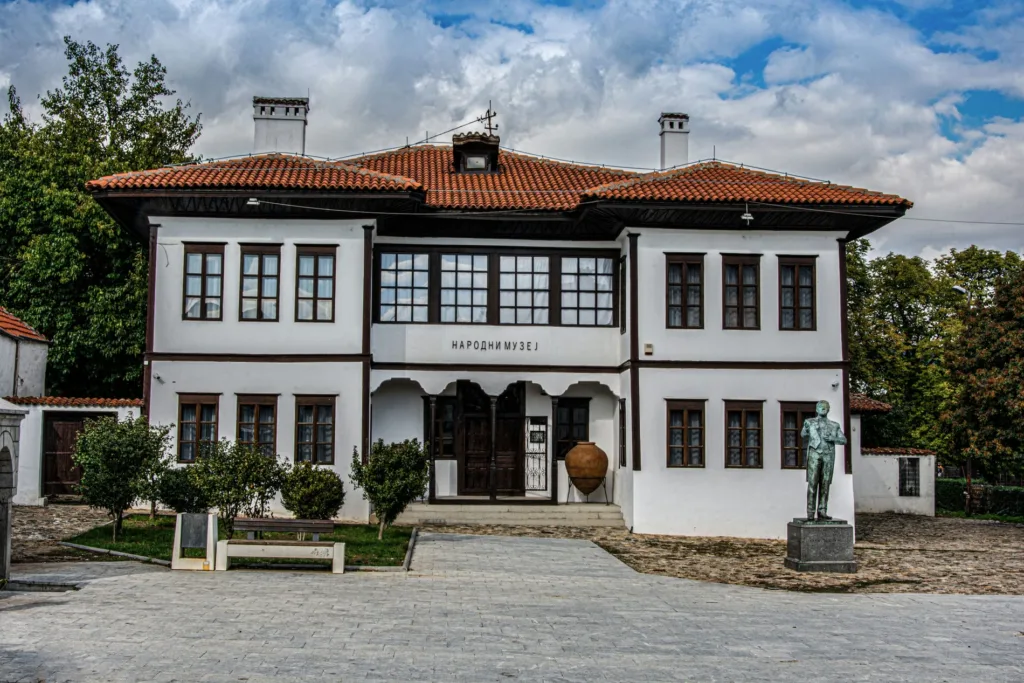National museum Vranje


The National Museum in Vranje was founded in 1960, in the old Selamluk building (one of the buildings of the Pasha’s residence complex), by decree of the People’s Committee of the Vranje Region as the National Liberation War Museum.

Clothing with an oriental cut from the second half of the 19th century was worn only on special occasions: weddings, religious celebrations, and when attending church.
It was made by various craftsmen – tailors, furriers, silk weavers, shoemakers, and others, while jewelry was crafted by jewelers and goldsmiths.
This costume represents a representative oriental urban attire of the wealthier, smaller population segment.
Clothing and jewellery are a reflection of economic and political circumstances, as well as the time and era in which they originated.
In addition to geographical characteristics and divisions, attire is also a signifier of the social, economic, marital, and class status of the wearer.
The interior design of a house, just like its exterior appearance, depended on the economic power of the family and their economic, social, and societal status.
In the wealthiest homes, even at the beginning of the century, one could see porcelain or silver tableware, while furniture for the house was purchased in European cities: salon sets for seating, dining room furniture, beds, wardrobes with ornamental elements in woodcarving, chests for storing textiles, cast iron stoves for heating rooms, crystal chandeliers, and upholstered chairs.
Working hours:
Tuesday – thursday: 08–20
Saturday – sunday: 10-18
Mondays the museum is closed for visits.
National Museum Vranje will be closed for the Easter holidays from 18th to 21st April 2025.
Entrance fee: 150 RSD
Special entrance fee (Middle and high school kids, students, pensioners): 100 RSD
Scheduling school visits by mail: zakazivanjeposeta@muzejvranje.rs